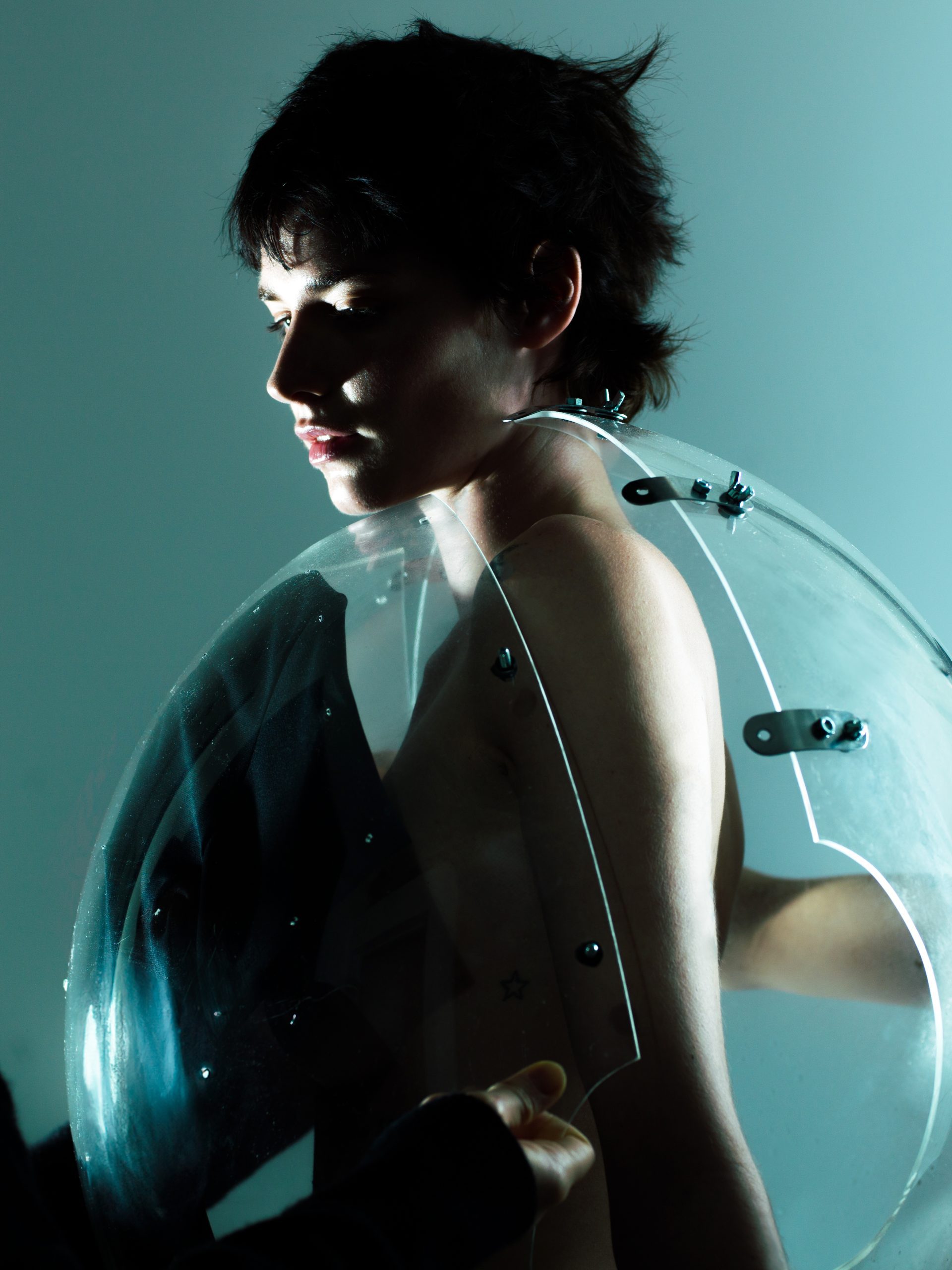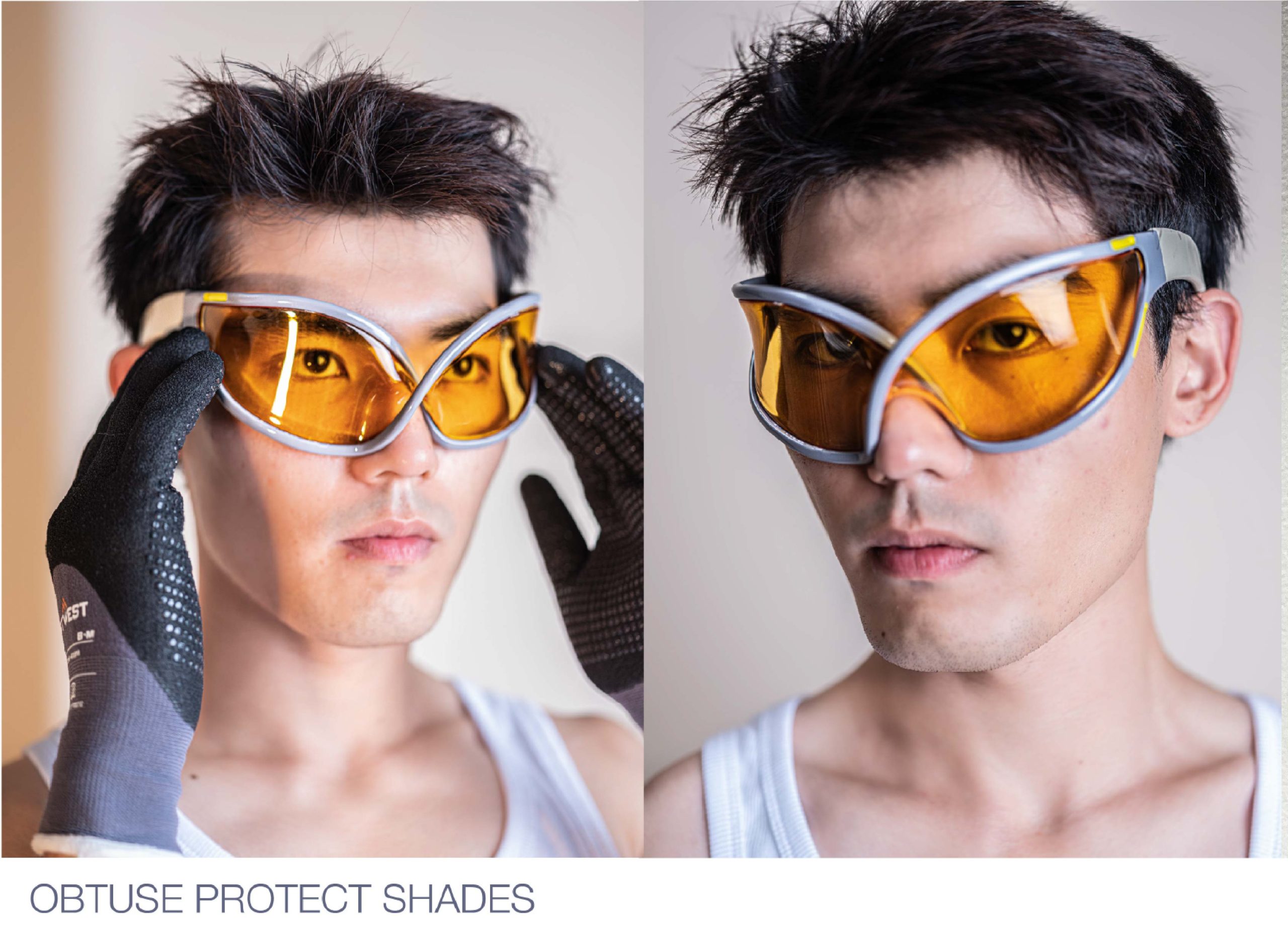The Gender Issue In Fashion Persists
The uniform demographic across the boards of fashion houses has been a point of contention, gaining considerable momentum across the last year. Simply put, in 2024, there still seems to be a monotony of white male profiles puppeteering what fashion looks like today.
The homogenous makeup of fashion leaders doesn’t seem in step with the grand campaigns of representation and inclusivity we have seen marketed one after another; the industry rhetoric doesn’t seem to be adding up the industry image. And whilst whiteness also has a disproportionate visibility in top-level roles, the issue of a gender gap, within an industry that has more traditionally been upheld by the buying power of women, is a compelling matter to explore.
Fashion today still operates in a segregated manner, complying with the two-gender principle of menswear and womenswear. Each February and September, menswear fashion week is little more than a warm up act for the main event of womenswear. The fashion industry is perhaps one of the industries that most strongly differentiates by gender. Albeit, designers and brands are beginning to respond to the societal retaliation against these boundaries, and we are seeing gender-neutral energy and expression ushered into visibility. But, can a business model that staunchly recognizes gender, break free from a narrative of male and female distinction? And, what would our sartorial future look like if we had a greater spectrum of genders in directive seats?
The Current Board Picture
At present, men seem to be at the helm of the biggest fashion houses. Following Seán McGirr’s appointment as creative director of Alexander Mcqueen in October, there was passionate commentary on social media that featured an image of all of Kering’s 6 fashion creative directors. All six being white males.
The truth isn’t that the fashion industry is utterly inundated with men, it is quite the opposite, with 60% of garment workers globally being women according to the ILO. But men seem to consistently be in the public facing positions of power, and the male face is consistently associated with leadership in our societal cognition.
Moreover, the last time a female winner won British Fashion Awards Designer of the Year was back in 2012. Albeit an award of merit, it seems unusual that across the last 12 years not one female designer has managed to outperform a man.
In the contemporary fashion context, it seems that men are predominantly directing the output of fashion houses, including those that are geared and advertised towards women. And whilst there is nothing wrong with men designing for women, it seems odd that we don’t have a spectrum of genders curating this busy and bustling space. It begs the question whether stagnation in the industry could be attributed to a lack of gender diversity.
The Need For Thorough Diversity Across The Hierarchy
There is an apparent need for diversification in the fashion industry, and a need that reaches far beyond “pinkified” strategies and formulaic inclusivity promotion. In order to encourage varied design that appeals to our varying societal expectations, we need to support and cherish new eras of impassioned creatives. And for these creatives to climb to success, they need to be able to see representations of themselves in the positions they aspire to.
Fashion houses seem to be a big culprit in perpetuating the stereotype between maleness and leadership. But simultaneously, fashion as a concept seems to have a very female face. There needs to be a rewiring of how we see gender in different aspects of life.And this is even more pressing considering that the creative space aims to be a pioneer in rewriting societal norms and an industry expanding boundaries.
In the autumn just elapsed, the Metropolitan Museum hosted an exhibition entitled “Women Dressing Women”, which explored the artistic legacy of 70 female fashion designers.
The New York Times heralded the exhibition with a headline, but joked, “The Glory of Designs By Women (it’s about time)”, and this sentiment rings very true to GLITCH. Iconic designs, dresses and red carpets, have long encaptured the portraits and photographs of women, but the brains and innovation behind them have relentlessly been accredited to men. Perhaps after all, we are still in a period where we need to outwardly spotlight females in fashion, (and for more than just their image). It would seem that the Met’s exhibition is a corrective we still very much need.
Yet, with all this discussion of the gender dichotomy and imbalance, the fashion commentary fails to acknowledge the gender spectrum, or include a category of gender neutral design across the board. By focusing so forthrightly on the relationship between the gender of the creative directors, at odds with the gender of the consumer, are we ourselves helping to gender fashion entirely?
The initiative of breaking design realms, and designing outside of the box, seems to be rapidly lost and diminished when we consistently reference fashion within the two gender understanding. Ultimately, lots of fashion is trying to expand beyond the constraints of a dual gender dynamic, and is championed both by those who don’t fit into the male/female segregation, as well as those who simply don’t believe that art needs to be targeted towards a specific gender. Over the last 5 years, there has been an elevated interest in more androgynous ideas, in disconnecting skirts and dresses from their female heading, and in redistributing uniform lists to allow all people to wear all styles of clothing.
It would seem that in 2024 the way gender impacts the fashion paradigm needs to be seriously reviewed, and GLITCH predicts that profound initiatives towards gender openness will trickle through into the creations on our screens and in our wardrobes.
Written by Hebe Street from GLITCH Magazine





